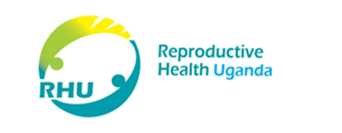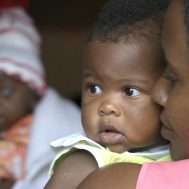Saving lives through greater investment in safe blood transfusion services
#SupportTheUGBloodBank #SaveLives #WeAreRHU
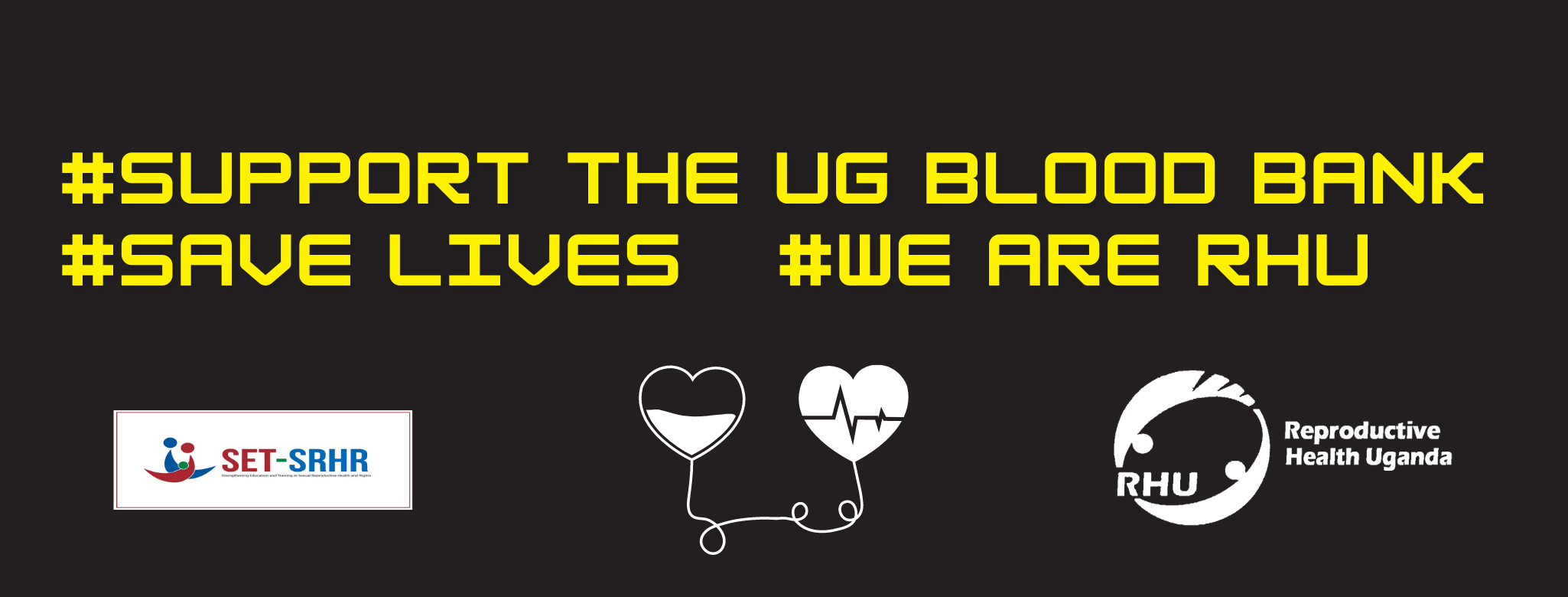
Join the conversation on social media,using #SupportTheUGBloodBank #SaveLives #WeAreRHU
Did you know: It is not enough to just donate blood? See why it is important to donate and get on board. Change starts with you, you never know when you will need the blood.
Background and context
The Government of Uganda has made significant strides in providing access to safe and sufficient blood to Ugandans who need it. Data from Uganda Blood Transfusion Services (UBTS) shows that the total units of blood collected annually has increased from 131,226 in 2007/2008 to 274,308 in 2018/19 Financial Year. Regional blood banks have been established in 7 locations; blood collection centres have also been set up in 9 other locations and the national blood bank at Nakasero has been revamped to provide better services. Government has gradually increased funding for blood, especially following the exit of PEPFAR in 2017 e.g. from Uganda Shillings 23.815 billion in FY 2016/17 to 46.94 billion in FY 2019/2020. The Ministry of Health Annual Report of 2017/2018 shows that 87 (48%) of the country’s 187 HCIVs were offering Comprehensive Emergency Obstetric Care (CEmOC) in 2018, having increased from 44.6% in 2016/17 FY and blood transfusion is a key requirement in the provision of CEmOC. Increased access to blood has contributed to a reduction in maternal mortality from 418 per 100,000 live births in 2006 to 368 in 2016; and a reduction in child mortality rates between 1995 and 2016 from 156 to 64 per 1,000 live births among others.
Cause for concern?
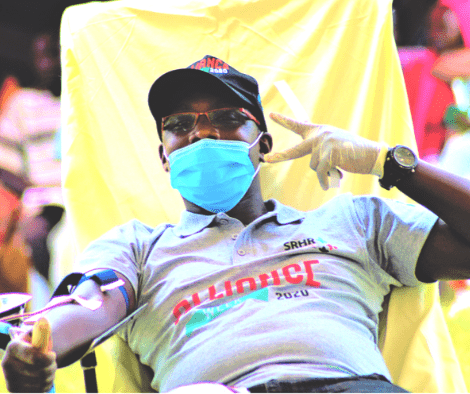 Despite the aforementioned progress, significant challenges persist. Recent engagement between UBTS and selected Civil society organisations highlighted a number of teething challenges: such as inadequate funding i.e. if UBTS is to collect 495,030 Units of blood (as per WHO requirement of 1% of the Uganda population) at 80.8[1] USD a unit, it will need Uganda Shillings 156 billion in 2021[2]. This is 3 times more than the current funding of Uganda Shillings 46.94 billion (Exchange rate of MoF-3900 Ugx/1USD)[3]. There is inadequate infrastructure- e.g. inadequate storage facilities for blood and medical supplies in many of the Regional Blood Banks; inadequate transport and staffing to meet the desired collection and supply target among others;
Despite the aforementioned progress, significant challenges persist. Recent engagement between UBTS and selected Civil society organisations highlighted a number of teething challenges: such as inadequate funding i.e. if UBTS is to collect 495,030 Units of blood (as per WHO requirement of 1% of the Uganda population) at 80.8[1] USD a unit, it will need Uganda Shillings 156 billion in 2021[2]. This is 3 times more than the current funding of Uganda Shillings 46.94 billion (Exchange rate of MoF-3900 Ugx/1USD)[3]. There is inadequate infrastructure- e.g. inadequate storage facilities for blood and medical supplies in many of the Regional Blood Banks; inadequate transport and staffing to meet the desired collection and supply target among others;
The catch?
Indeed, Uganda will not attain the goal of universal health coverage without addressing the myriad of challenges associated with supply and distribution of blood at all levels of the health system. Data from UBTS shows that a total of 274,308 Units of blood was collected in 2018/19 representing approximately 60% of the country’s total blood requirement during the year. UBTS estimates that Uganda will require 495,030 Units of blood in 2021 and 510,030 in 2022 based on current population growth projection. Currently, 29% of the total blood collected is used for treating people with severe malaria; 17% is for treating pregnant women with anaemia and complications of child birth; 17% for treating people with sickle cell anaemia, 15% for treating cancer cases, 6% for accident cases and 16% for treating other cases (burns, surgical operations) (UBTS).
Ensuring affordable, accessible, acceptable and good quality health care for all Uganda’s will reduce the inequality gap but also ensure that key programmes like UBTS are efficient in tackling the persistent service delivery challenges in the health sector.
Our plan!
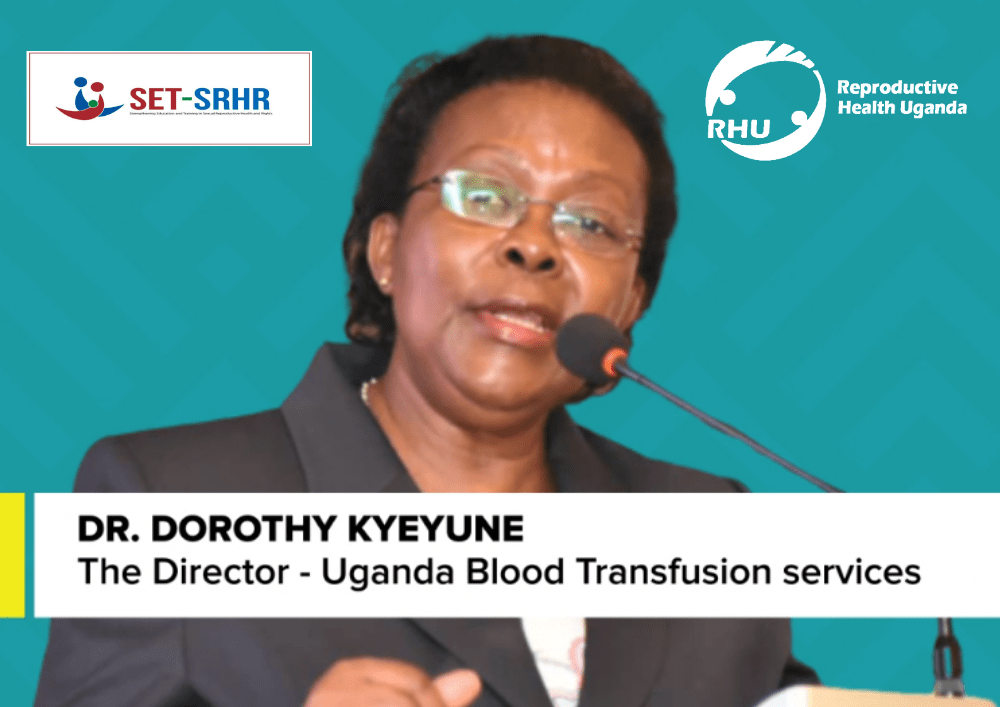
The national policy dialogue on availability and accessibility to safe blood for improved maternal health outcomes in Uganda is being organised against the backdrop of persistent media reports of blood shortage in some public health facilities which has led to avoidable maternal deaths at such facilities. This situation has been exacerbated by the COVID 19 pandemic which has brought severe restrictions on gatherings like schools and other community mobilisations which were the major platforms for blood donation drives. In the recent past, MoH has sought additional 20.5 billion shillings in supplementary budget allocation to fund blood collection during the COVID-19 lock down. While this is a welcome relief especially if it’s approved and the funds made available to the Ministry, it does not address the recurring problem of under funding of blood collection and maternal health services generally. There is need for significant and sustainable financing for UBTS and blood transfusion services beyond the firefighting approach through the supplementary allocations.
This dialogue will build on and reinforce the ongoing civil society campaigns led by CEHURD which calls for increased government funding for blood and blood transfusion services, especially following the exit of PEPFAR in 2017. The dialogue which will be held on mass media (TV, Print/online, and social media) is being organised by Reproductive Health Uganda (RHU) and Makerere University School of Public Health (MakSPH) under the SETSRHR project in collaboration with Centre for Human Rights and Development (CEHURD).
Objectives of the dialogue
Organized under the theme: Saving Lives through greater investment in safe blood transfusion services, the national policy dialogue seeks to mobilize support for and increase commitment towards the achievement of universal access to safe blood transfusion services and improve health outcomes in the country. To that end, the policy dialogue aims to achieve the following specific objectives:
- To highlight the persistent challenge of blood shortage and access to blood in our health system and how these are undermining national efforts to address maternal morbidity and mortality.
- To provide opportunity for policy makers, practitioners and beneficiaries to examine the underlying issues underpinning blood shortage and blood access in our health system and how these can be addressed in a sustainable manner;
- Advocate for adequate and sustainable financing for blood transfusion services and maternal health services generally;
- Strengthen partnerships between relevant government agencies (at national and sub-national levels), civil society organisations and private sector for effective and efficient delivery of blood transfusion services in the country.
The road map
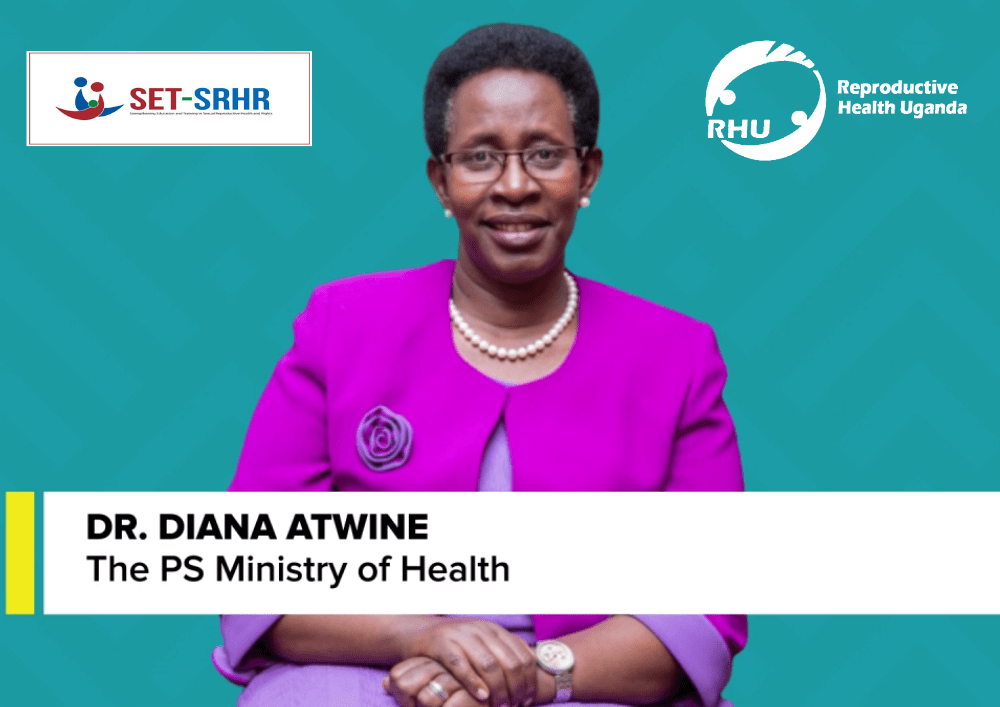
-
- Special report: under the headline “no woman should die giving life”, the special report will be based on observations at selected health facilities and experiences of/interviews with health policy makers, service providers, opinion leaders and end users. It will highlight the issues related to availability and access to safe blood from the perspective of policy makers, service providers, blood donors and end users. The report will be aired on NBS Television and preceding the talkshows.
- Television talk Shows: a total of 3 talk shows will be conducted on NBSTV. It will build on the investigative stories. Each talk show will examine the issue of availability and access to safe blood from different perspectives.
- The first talk show will focus at the macro-level looking at the national requirements, current provisions, enabling policies, gaps and challenges in human resources, financing, partnerships, technical support and opportunities for improvements
- The second talk show will delve into the technical and operational challenges faced by frontline service providers in ensuring adequate, timely and quality blood transfusion services and the opportunities for addressing identified gaps
- The third and last talk show will look at the demand side constraints focusing on the experiences of end users and how these can be addressed. The talk shows will be simultaneously relayed on selected radio stations.
- Newspaper publications: newspaper articles will be based on data and information from field interviews (policy and decision makers, service providers and end users) and review of secondary data from published sources. The articles will be published in the 2 leading dailies-New vision and Daily Monitor. The newspaper articles will be published during the same week as the TV talk shows and will mirror the themes addressed by the TV talk shows. The newspaper articles will be written by leading journalists from New vision and Monitor publications.
- Promotional adverts: the adverts will run on NBS for a period of 1 month and will aim at promoting blood donation in the country and mobilising communities for this.
- Social media engagements: The 3 TV talk shows discussions and corresponding donation drive adverts will be highlighted on different social media platforms; Twitter: @nbstv; @SolomonSerwanjj; @RHUganda; @cehurduganda; @SETSRHRUg. Facebook: @rhuganda; @CehurdUG. This will give the public an opportunity to contribute to the discussions at hand and also be involved in the donation drives.
- Participants for the Talk Shows
- Talk show moderator: The talk shows will be moderated by Solomon Serwanja, a seasoned investigative journalist and news anchor with NBSTV. In 2019 Serwanjja was awarded the Komla Dumor Award, an annual award given by the BBC to celebrate African journalists. He is also very passionate and vocal about the issue of access to blood and issues around maternal and reproductive health. Solomon will also lead the TV investigative story coverage.
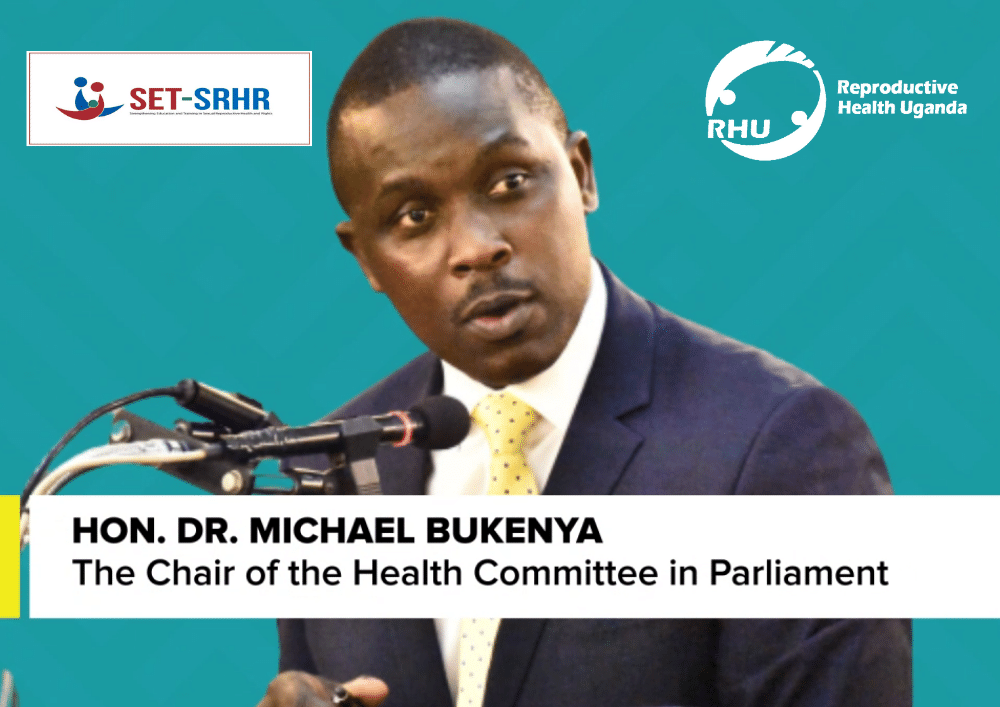
5.2 First Talk Show Panellists
- In the Studio: The Chair of the Parliamentary Committee on Health – Michael Bukenya, Permanent secretary MoH – Dr. Diana Atwine, and Executive Director, UBTS, Dr. Dorothy Kyeyune.
- Via Zoom: Executive Director RHU, Mr. Jackson Chekweko, and Executive Director CSBAG.
5.3 Second Talk show Panellists
- In the studio: Director Health Services, Ministry of Health, Charles Olaro, Relevant Technical Officer from UBTS – TBC, Director Arua regional Referral Hospital –Dr. Philbert Nyeko
- Via zoom: Executive Director CEHURD – Moses Mulumba, and Representative from Uganda Red Cross Society and Rep. from Mengo Hospital.
5.3 Third Talk Show Panellists;
- In the Studio: Director Obstetrics and Gynaecology Mulago Hospital – Professor Annet Nakimuli, representative of health Consumers, Representative of UBTS
- Via Zoom: someone with extensive relevant research, President of the Uganda Obstetrics and Gynaecology Association -TBC, Private sector
On social media, the conversation will use #SupportTheUGBloodBank #SaveLives #WeAreRHU
